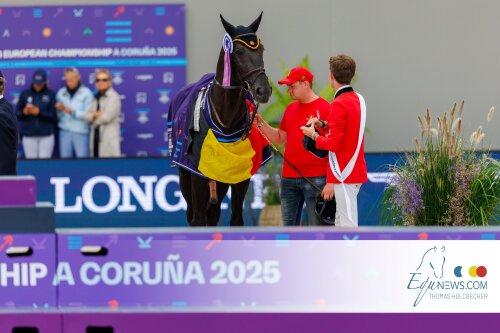During the exciting final of the Longines League of Nations in Barcelona, it became apparent how small changes to the course can have a major impact on the outcome of show jumping competitions. Olympic course designer, Santiago Varela, responsible for course design, highlighted how subtle adjustments, such as raising obstacles by a few centimeters, can transform the course of competition. The new competition format, which builds tension between two rounds, received high praise.
Santiago Varela, the (Olympic) course designer, commented on how small changes, such as raising three vertical obstacles by three centimeters, can have a big impact on the performance of riders and horses. Although the change seems minimal, it significantly alters the horses' jump curve, leading to more errors on specific obstacles. This technical refinement increases the challenge for the riders, but without putting unnecessary strain on the horses.
The event featured an innovative competition format that Varela said works particularly well. In the first round, teams can start relatively relaxed, with the opportunity to correct a mistake. In the second round, however, the pressure is increased, as all riders must ride a clear course to have a chance of winning. This build-up of tension made for a fascinating spectacle, with teams having to prove themselves over and over again. The battle between countries such as the Netherlands and Germany, with scores changing within minutes, made the competition extra fascinating for the audience.
Although raising the hurdles caused more errors, Varela stressed that the horses were not pushed beyond their limits. Rather, it was the technical difficulty that challenged the riders. This made for an exciting final, where both horses and riders had to show their skills on a demanding course. According to Varela, the new format proved to be an exciting and engaging experience not only for the participants, but also for the audience.



